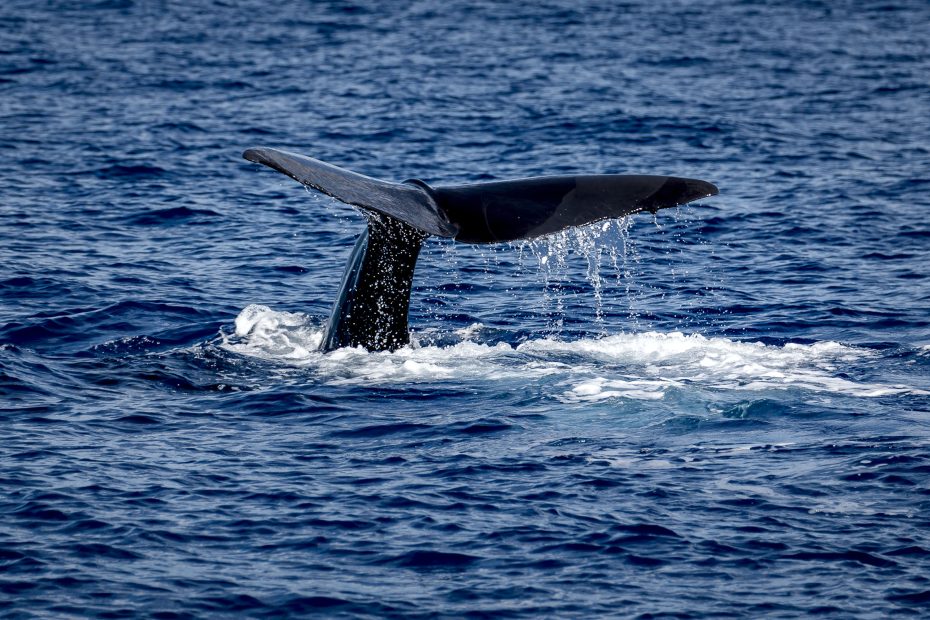Table of Contents
Introduction
The Caribbean island nation of Dominica is best known for its lush rainforests, towering mountains, and picturesque beaches. But beyond its stunning natural scenery, Dominica has a rich and vibrant cultural heritage that is deeply rooted in its history yet continuously evolving. From long-established traditions to enduring legacies that inform contemporary life, Dominica’s cultural tapestry is as diverse and captivating as its landscape.
Kalinago People and History
Underpinning much of Dominica’s living heritage are the contributions of the Kalinago people, also known as the Caribs. The original inhabitants of Dominica, the Kalinago arrived from South America hundreds of years before European contact. They developed thriving settlements across the island where they cultivated the land, fished, and produced handicrafts. The Kalinago maintained their independence and withstood early European incursions. However, disease and conflict with European colonists eventually decimated their numbers. Today, a small Kalinago community keeps their ancestors’ legacy alive through traditional farming, fishing, canoe building, and basket weaving. The Kalinago language and oral histories also endure, informing modern understandings of early Dominican life.
African Roots
Another significant influence came from the many African slaves brought to Dominica under colonial occupation. Enslaved Africans, predominantly from modern-day Nigeria and Ghana, left an indelible mark on Dominica’s cultural evolution. African drumming, song, and dance traditions fused with European and indigenous elements to create unique musical forms like bélé music. West African cuisine adapted with available crops, giving rise to local dishes like mountain chicken and fungie. African vocabulary also enriched Dominica’s French Creole language spoken today. The resilience, artistry, and heritage of African slaves helped shape the diverse, dynamic culture of modern Dominica.
French and British Colonial Influences
As European powers vied for control of the Caribbean, Dominica passed between French and British rule numerous times in the 18th century. This tug-of-war left notable impacts on architecture, religion, language, and social organization throughout Dominica. Old French colonial houses with steep roofs and stone walls still dot the landscape, contrasting with orderly British town layouts. While English is now predominant, French street and location names reflect Dominica’s history, along with the French-based Creole tongue. A blended Franco-British colonial legacy can be seen in everything from Dominica’s legal and educational systems to the popularity of cricket and afternoon tea.
Festivals and Traditions
Festivals showcasing Dominica’s living culture give visitors a taste of the country’s captivating blend of history and exuberance. Carnival celebrations prior to Lent feature colorful costumes, African-inspired dance, Calypso competitions, and street parades. Traditional lapo kabwit drumming and energetic bélé dancing keep musical heritage thriving. The World Creole Music Festival highlights the best Creole acts, while indigenous communities host cultural awareness days. Dominica’s cuisine also draws from a melting pot of traditions seen in staples like callaloo soup, fresh seafood, coconut-infused curries, and tropical fruit. These vibrant festivals and traditions energize Dominican culture both for locals and visitors.
Natural Sites of Significance
Dominica’s extraordinary landscapes, ecosystems, and geology hold spiritual and cultural significance. Indigenous communities consider certain natural sites sacred, including volcanic craters, forests, and waterfalls. For example, the second largest boiling lake in the world lies in Dominica’s lush highlands; the Kalinago and earlier peoples likely saw its constant bubbling as the work of deities or spirits. Other natural wonders like Syndicate Forest and the Indian River are shrouded in traditional legends that reveal their cultural relevance. Protecting these ecosystems preserves not only ecological heritage but also centuries of wisdom, identity, and community connection rooted in the land.
Preserving Cultural Heritage
Despite outside influences over its history, Dominica proudly maintains its unique cultural identity and ancestral connections. Cultural education programs teach children traditional skills like basket weaving while stressing the importance of preserving heritage. Local Creole languages are promoted through school curriculum, radio programs, and signage. Carnival and other major festivals receive government support to bolster cultural tourism. Continued research, documentation, and awareness will ensure Dominica’s rich living culture endures for generations while adapting organically as society evolves.
Conclusion
From its first inhabitants to the diverse elements that shape life today, Dominica’s cultural heritage tells a vivid, complex story. Tracing its origins reveals remarkable resilience, innovation, and pride. Ongoing work to document heritage and share traditions will allow Dominica to celebrate its distinctive identity as it navigates the future. Whether enjoying traditional music and cuisine, exploring historic architecture, or absorbing scenic landscapes, visitors can unravel some of the captivating mysteries woven into Dominica’s cultural tapestry.
FAQs
What indigenous group originally inhabited Dominica?
The Kalinago people, also known as the Carib Indians, were the original inhabitants of Dominica prior to European colonization. They came from South America several centuries before Christopher Columbus arrived in the Caribbean.
How did African culture influence Dominica?
Enslaved Africans brought by European colonists heavily influenced Dominica’s cuisine, music, dance, and language. African drumming, song, and dance traditions combined with other elements to create unique Dominican artforms like bélé music. West African vocabulary also enriched Dominica’s French Creole language.
What impacts did French and British colonization have?
As Dominica shifted between French and British rule, both cultures left their mark on architecture, town layouts, religion, language, and social structure. French colonial buildings still stand today, along with British-influenced town plans and an educational system blending French and British models.
What are some major cultural festivals in Dominica?
Major festivals include Carnival, a colorful celebratory parade prior to Lent; the World Creole Music Festival, showcasing Creole music and culture; and indigenous community cultural days highlighting Kalinago traditions. These showcase Dominica’s diverse heritage.
Why are natural sites important culturally in Dominica?
Dominica’s indigenous peoples considered certain forests, volcanic features, rivers, and waterfalls to be sacred. Protecting these ecosystems preserves not just ecological heritage but long-standing spiritual connections and legends rooted in the landscape.
